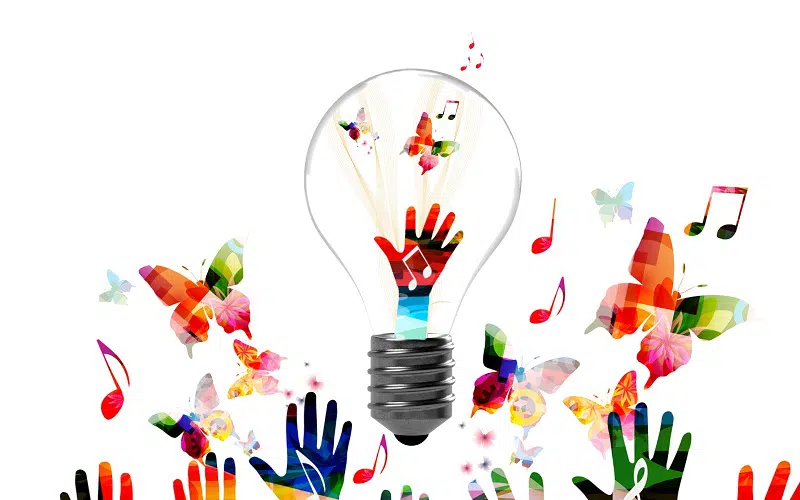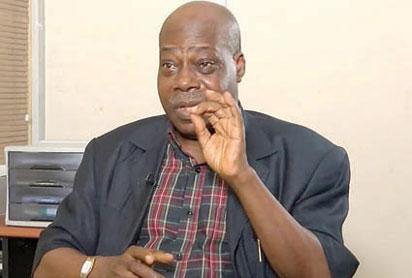By Zion Rufus
The world of creative expression is vast and ever-evolving, with no universal standard for what qualifies as “good” creativity—especially in today’s content-driven era. In an industry where ideas are currency, many creative professionals often struggle with the challenge of acceptance. When their work doesn’t receive immediate validation, they may begin to question their ingenuity, leading to creative burnout and impostor syndrome.
As a result, the idea that creativity is subjective has evolved beyond a mere platitude to a reality that shapes the very core of artistic and strategic expression. This subjectivity also plays a crucial role in determining not just how creative works are received but also how artists, marketers, and innovators approach their craft in an age driven by digital trends and algorithmic preferences.
The Virality Dilemma: Creativity vs. Instant Metrics
In recent times, virality has increasingly become the yardstick for creative success. While virality can amplify visibility and democratize creativity, it often comes at the cost of depth and authenticity.
Darey Art Alade, a multifaceted creative, industry veteran, and Chief Creative Director of Livespot360, recently weighed in on this subject, emphasizing the delicate balance creative professionals must maintain between innovation and acceptance.
“In today’s digital-led world, subjectivity in creativity is even more pronounced. Trends dictate visibility, and often, originality is sacrificed in favor of mass appeal. This can make creatives feel like their work is only as valuable as the immediate response it garners,” Darey explains.
Research supports this.
According to a 2023 study by the World Economic Forum, 65% of creative professionals feel pressured to produce content that aligns with digital trends rather than their original vision. The pressure for virality and instant engagement often leads to an environment where creators hesitate to take risks, fearing rejection and burnout.
Despite these challenges, Darey emphasizes that creativity thrives when individuals detach their self-worth from external validation.
“Creativity, at its core, is about endurance and belief in one’s work. Some of the most transformative ideas have taken years—even decades—to be fully appreciated. What resonates with one audience today may fall flat tomorrow, and vice versa. That’s the beauty of subjectivity,” he says.
Has Virality Eclipsed Timeless Creativity?
The rise of algorithm-driven platforms has led to a shift where creative work is increasingly judged by engagement metrics rather than artistic merit. If it doesn’t trend, it isn’t considered “creative”—or so it seems. However, some of the most impactful works in history were initially overlooked, only to gain recognition later.
Vincent van Gogh’s paintings were dismissed in his lifetime but are now considered masterpieces. In the music industry, songs that once flopped have resurfaced years later to achieve global acclaim. Similarly, brands and advertising campaigns that initially struggled to gain traction have later been recognized for their groundbreaking impact.
This raises an important question: are we allowing algorithms to dictate creativity?
Jedidiah Orakpo, a senior creative strategist, offers a candid perspective in a conversation with Marketing Edge.
“My honest advice to fellow creatives is: please stop assessing your work based on virality. If the public doesn’t accept your work, you may start questioning its worth. Focus on why you create and what drives you. Be your own biggest fan first. If you’re not confident in your own output and keep creating just to favor the algorithm, you will sacrifice your authenticity for the sake of virality and acceptance. That’s not a fair thing to do to yourself as a creative.”
The Struggle Between Artistic Integrity and Commercial Viability
Beyond subjectivity, external factors such as economic downturns, budget constraints, and corporate expectations can stifle creativity. Many creatives find themselves walking a tightrope between artistic integrity and commercial viability. A report by Adobe’s 2022 Creativity Survey found that 73% of creatives feel they must compromise their originality to meet corporate or client expectations.
Darey believes this is where resilience and adaptability become key.
“The best creatives understand the importance of diversifying their perspectives. Instead of chasing universal validation, they focus on refining their unique voice, confident that their audience—whether large or niche—will find them in due time.”
In the end, while virality may offer a moment in the spotlight, it is authenticity and a commitment to one’s craft that ensures longevity in the creative industry. Trends will come and go, but true creativity remains timeless.







Comment
No comments found.